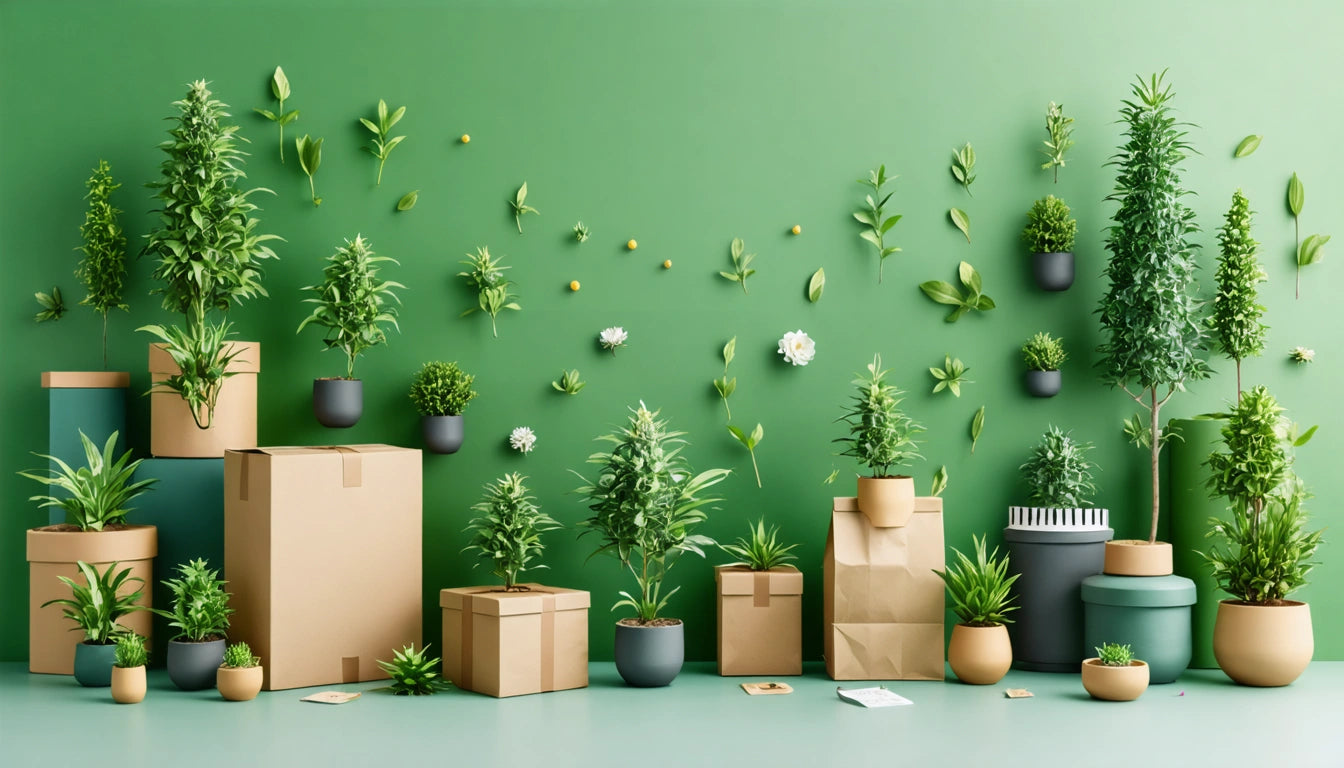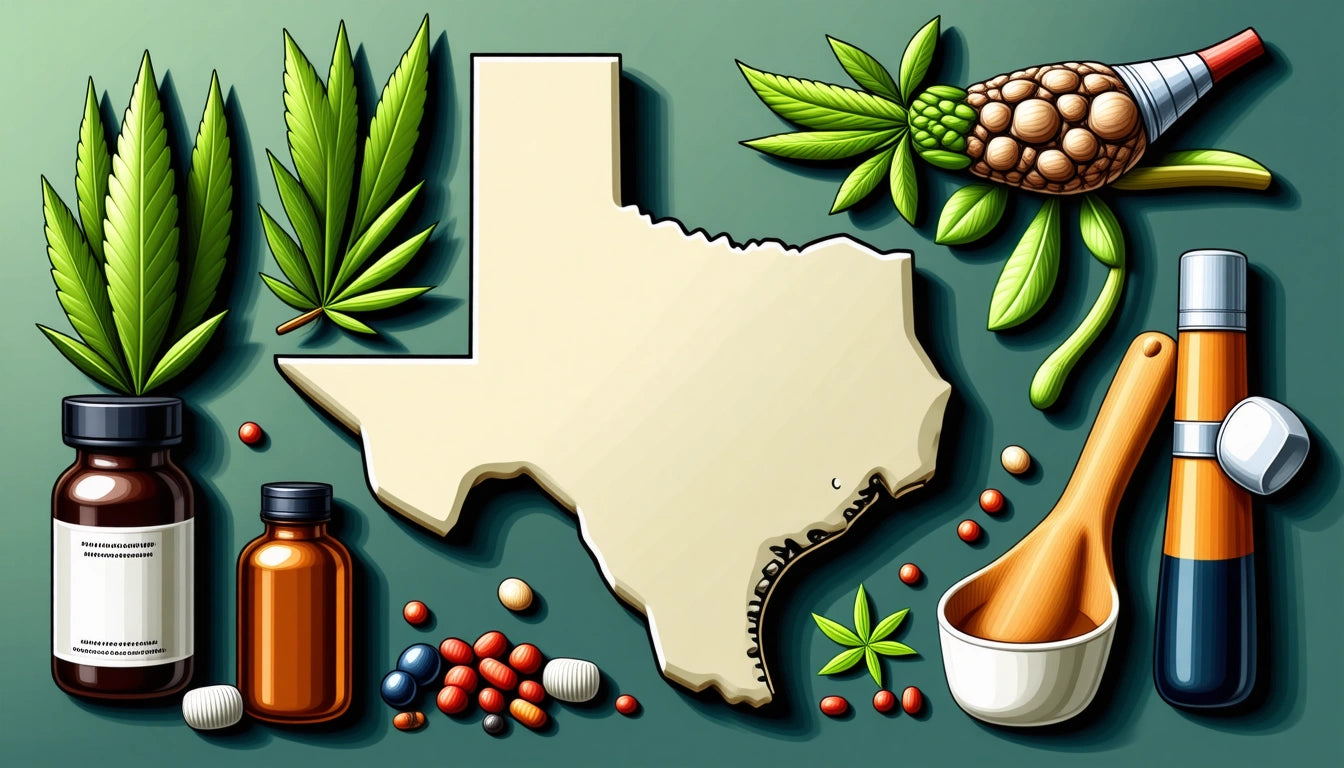Table of Contents
- Regulatory Landscape for Cannabis Flower Labeling
- THC Percentage Labeling Standards and Best Practices
- Strain Information Requirements and Recommendations
- Balancing Compliance with Brand Identity
- Packaging Material Considerations for Effective Labeling
- Implementation Strategies for Compliant Flower Packaging
Cannabis flower packaging must balance regulatory compliance with consumer education and brand identity. Proper labeling of THC percentages and strain information isn't just a legal requirement, it's a crucial component of consumer trust and product transparency. This guide explores the essential labeling requirements across different jurisdictions and provides best practices for cannabis businesses.
Regulatory Landscape for Cannabis Flower Labeling
Cannabis labeling regulations vary significantly by state and are constantly evolving. Most jurisdictions require specific information about potency, particularly THC and CBD percentages, to be clearly displayed on packaging. According to state-specific requirements for flower packaging, some regions mandate font sizes, warning symbols, and precise placement of information.
Common regulatory requirements include:
- Total THC content (displayed as a percentage)
- CBD content (when applicable)
- Batch and harvest dates
- Testing laboratory information
- Warning statements about consumption risks
- Child-resistant packaging certification
Failure to comply with these regulations can result in substantial fines, product recalls, or even license suspension. Staying current with local regulations is essential for legal operation.
THC Percentage Labeling Standards and Best Practices
THC percentage must be displayed prominently on cannabis flower packaging. Most states require the total THC content, which combines both THCA and Delta-9 THC values. This information typically needs to be presented in a standardized format with a specific font size to ensure visibility.
Testing and Accuracy
THC percentages must be verified by licensed testing facilities. Many states require the name and license number of the testing laboratory to be included on the label. Variance allowances differ by jurisdiction, but most permit a small margin of error between the labeled percentage and actual content.
For businesses preparing flower products, quality grinding equipment for consistent processing can help ensure that the tested sample accurately represents the final product, maintaining compliance with labeled potency claims.
Strain Information Requirements and Recommendations
While strain names aren't always required by regulations, they've become standard practice in the industry. Some jurisdictions have begun implementing rules about strain information to prevent misleading claims. When including strain details, consider:
- Consistent naming across all marketing materials
- Indication of strain type (Indica, Sativa, Hybrid)
- Primary terpene profiles when available
- Potential effects (where legally permitted)
As highlighted in this guide on packaging based on strain type, differentiating packaging by strain category can help consumers make informed decisions while reinforcing brand identity.
Balancing Compliance with Brand Identity
The challenge for many cannabis brands is maintaining visual appeal while meeting stringent labeling requirements. Research on branding impact shows that effective labeling directly influences consumer purchasing decisions.
Strategic approaches include:
- Developing a consistent label template that incorporates all required elements
- Using color coding to differentiate strain types or potency levels
- Incorporating QR codes that link to more detailed product information
- Selecting appropriate packaging materials that accommodate required information
Brands must find the balance between compliance and aesthetics. This often means working with designers who understand cannabis regulations and can create labels that meet legal requirements without compromising brand identity.
Packaging Material Considerations for Effective Labeling
The packaging material chosen directly impacts labeling capabilities. While glass jars and mylar bags remain popular choices, each presents different labeling challenges and opportunities.
Glass Containers
Glass jars typically require adhesive labels that must withstand handling and potential moisture. These labels must be securely attached and contain all required information while maintaining legibility throughout the product's shelf life.
Flexible Packaging
Mylar bags and other flexible options often incorporate printed information directly on the packaging material. This approach allows for more design flexibility but requires careful planning to ensure all regulatory information is included in the printing process.
The choice between rigid and flexible packaging should consider not only preservation qualities but also labeling requirements and brand presentation goals.
Implementation Strategies for Future-Proof Labeling
As cannabis regulations continue to evolve, brands need adaptive labeling strategies that can accommodate changing requirements without complete packaging redesigns.
Forward-thinking approaches include:
- Developing modular label designs where certain elements can be updated
- Investing in on-demand printing capabilities for rapid label adjustments
- Creating packaging with sufficient space for additional information
- Establishing relationships with compliance experts who monitor regulatory changes
- Implementing digital verification systems that complement physical labels
By anticipating regulatory changes and designing flexible labeling systems, cannabis brands can minimize disruption while maintaining compliance. The most successful companies view labeling not merely as a regulatory burden but as an opportunity to communicate quality and build consumer confidence.
As the industry matures, expect to see more standardized labeling conventions emerge across jurisdictions, potentially simplifying compliance for multi-state operators while providing consumers with consistent, reliable product information.











Leave a comment
All comments are moderated before being published.
This site is protected by hCaptcha and the hCaptcha Privacy Policy and Terms of Service apply.